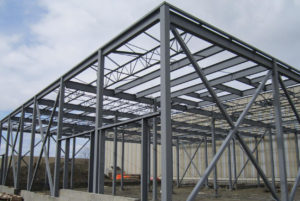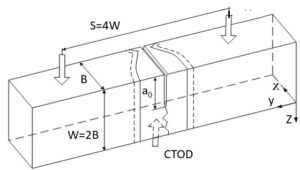Welding Inspection Services in Hamilton Ontario
At Qualitest Canada Ltd., we provide reliable, code-compliant Welding Inspection Services in Hamilton Ontario and the Greater Toronto Area (GTA). With more than a decade of experience in structural steel, pipelines, pressure equipment, and fabrication projects across Canada, our certified inspectors deliver accurate, professional, and timely results that meet your project and regulatory requirements.
Whether you are a general contractor, fabricator, engineering consultant, or project owner, our team ensures your welding meets the highest industry standards for safety, quality, and performance.
Our Welding Inspection Capabilities
Visual Welding Inspection (VT)
- CSA W59 & AWS D1.1 compliant inspections
- Structural steel, rebar, pipe welds, and fabrication welds
- Pre-weld, in-process, and final weld inspections
- Weld sizing, discontinuity evaluation & acceptance criteria
- Performed through our certified NDT division in Toronto:
- Ultrasonic Testing (UT) & Phased Array UT (PAUT)
- Magnetic Particle Testing (MT)
- Liquid Penetrant Testing (PT)
- Radiographic Test Interpretation (RTI)
- Hardness testing (HB/HRC/HV)
Welding Procedure & Welder Qualification Testing
- Welder qualification testing as per CSA W47.1, CSA W59, AWS D1.1
- Witnessing welder performance qualification tests
- Testing coupons preparation, bending, nick-break, tensile testing
- Review of Welding Procedure Specification (WPS) & PQR
Structural Steel & Fabrication Shop Inspection
- Inspection at fabrication shops in GTA
- Review of mill test reports, certificates & traceability
- Fit-up inspection, tacking, joint preparation, preheat verification
- Welder qualification verification and documentation compliance

Welding Compliance Audits
- For clients requiring full quality control records
- Compliance to project specifications and relevant codes
- Non-conformance reporting (NCR) and corrective action follow-up
Industries We Serve in Hamilton
- Commercial & Industrial Construction
- Infrastructure Projects (Bridges, Transit, Roads)
- Manufacturing & Heavy Fabrication
- Oil & Gas & Petrochemical Facilities
- Utilities & Power Generation
- Maintenance & Shutdown Support
Why Choose Qualitest Canada Ltd.?
- Certified & Experienced Inspectors
- Our welding inspectors are certified under:
- CSA W178.2
- CWB & AWS Weld Inspectors (WI/ CWI)
- CGSB, ASNT & ISO NDT Certifications
- Trusted Across Canada
- With facilities in Toronto (Burlington), Nisku–Alberta, Surrey–BC, and Calgary, Qualitest is a recognized leader in inspection and materials testing across multiple provinces.
- Fast Response & Mobile Inspection Support
We provide same-day or next-day site visits across the GTA including Toronto, Mississauga, Brampton, Vaughan, Markham, Scarborough, Oakville, Burlington & Hamilton.
- ISO/IEC 17025 Accredited
- Our labs in Nisku, AB and Surrey, BC are accredited to ISO/IEC 17025:2017, ensuring high-quality testing and reporting.
Service Areas in Greater Toronto Area (GTA)
Toronto | Mississauga | Brampton | Vaughan | Richmond Hill | Markham | Scarborough | Etobicoke | North York | Milton | Hamilton | Oakville | Burlington
Request a Quote – Welding Inspection Hamilton
Need a certified welding inspector for your Hamilton project?
Qualitest Canada Ltd. is ready to support your next construction, fabrication, or repair job.
📞 (647) 464-9480
📧 admin@qualitests.com
📍 760 Laurentian Dr. Unit 5, Burlington, Ontario

